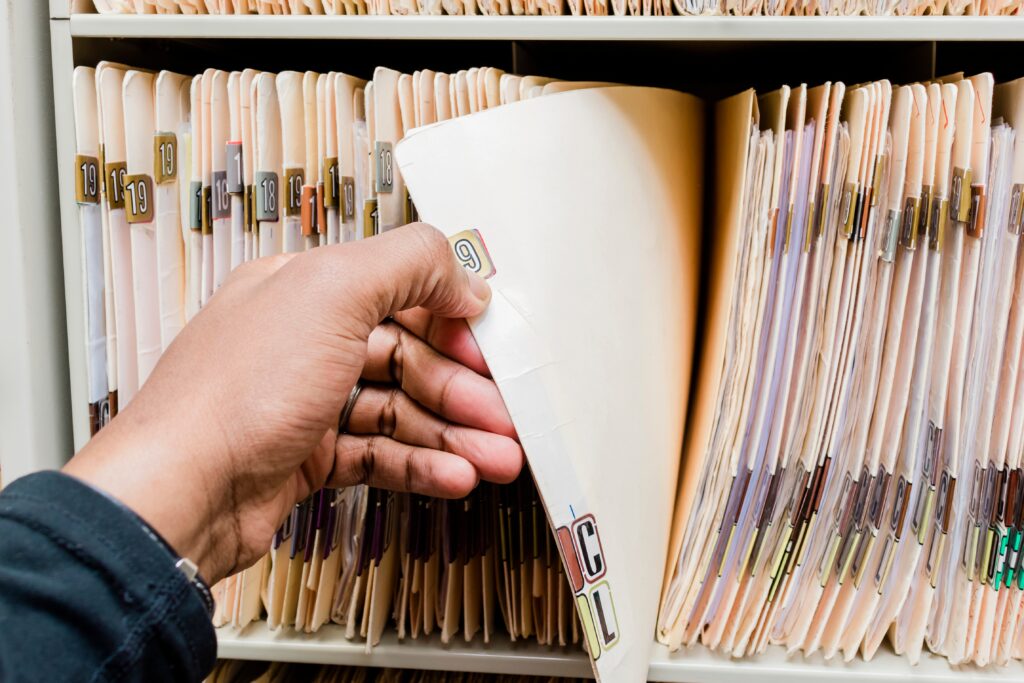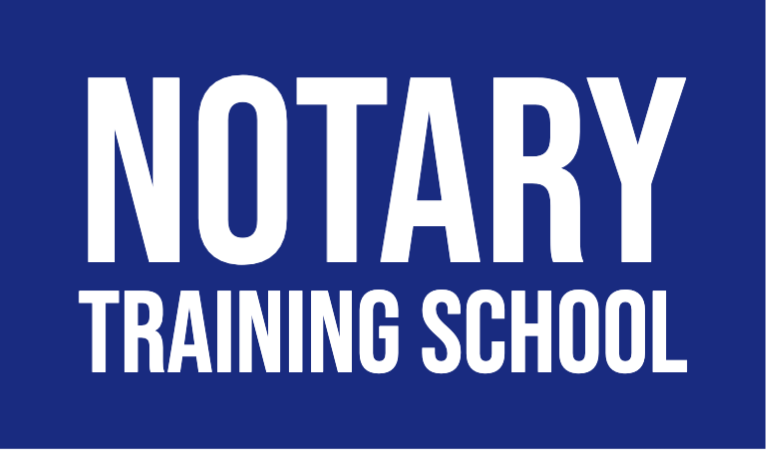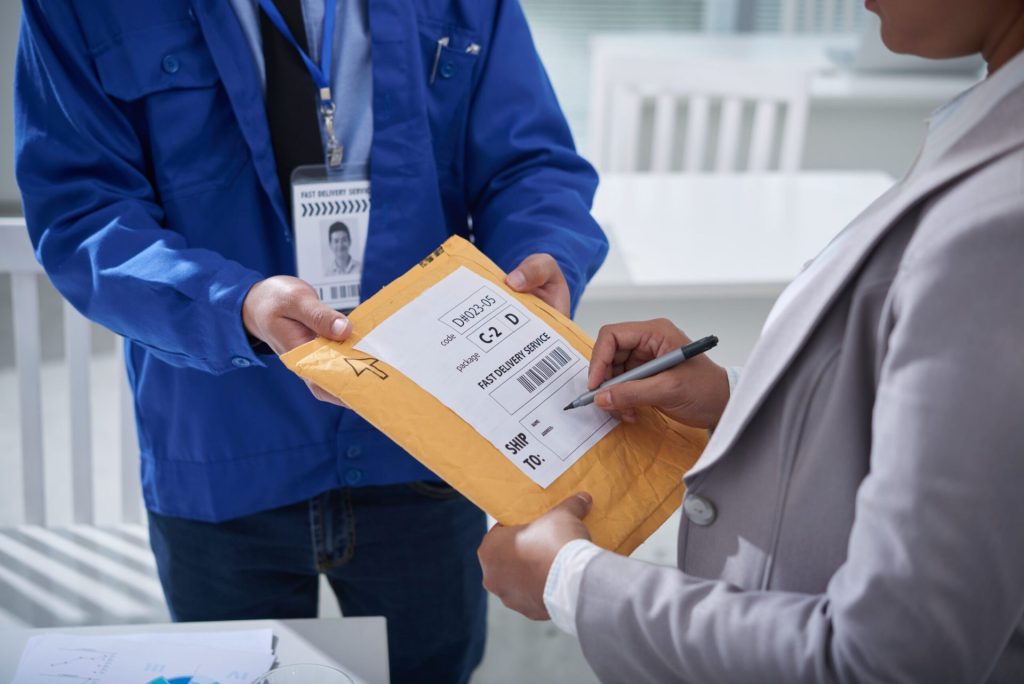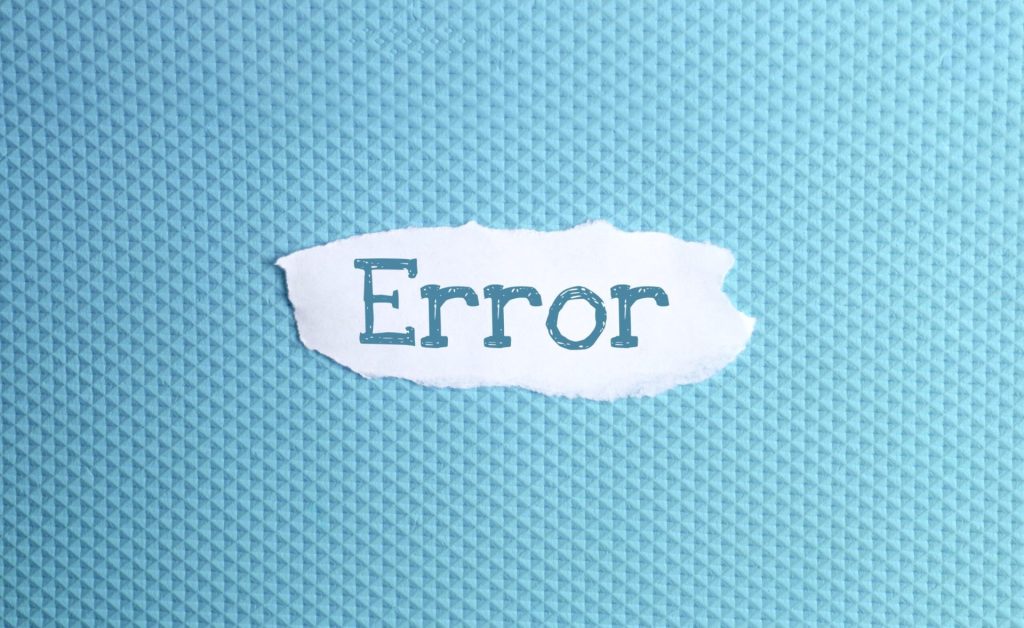The Notary’s Guide to Managing Incomplete or Blank Documents

In the world of notary signing, precision and attention to detail are paramount. As a notary signing agent, you play a critical role in ensuring that documents are correctly executed, which includes making sure all sections are complete and accurate. However, one of the common challenges notaries face is dealing with incomplete or blank documents. This guide aims to provide you with comprehensive strategies and best practices to manage incomplete or blank documents effectively, ensuring compliance with legal standards and maintaining the highest level of professionalism.
Table of Contents
Understanding Incomplete or Blank Documents

Definition and Common Occurrences
Incomplete or blank documents are those that lack necessary information, signatures, dates, or other critical details required for the document to be legally binding. These documents can arise due to various reasons, including oversight by the document preparer, signer’s misunderstanding of what needs to be filled out, or intentional omission.
Common Reasons for Incomplete or Blank Documents
- Oversight: Often, incomplete documents result from simple human error. A signer or document preparer may overlook a section that needs to be filled out.
- Misunderstanding: Signers might not fully understand which sections are mandatory and which can be left blank, leading to unintentional omissions.
- Intentional Omission: In some cases, sections might be left blank deliberately, either because the preparer believes it is not applicable or plans to fill it in later.
Legal and Professional Implications
Handling incomplete or blank documents improperly can lead to severe consequences. These can include legal repercussions for the notary, such as fines or loss of commission, and the potential invalidation of the document. For instance, if a deed of trust is missing essential details, it could lead to legal disputes over property ownership. Therefore, understanding what constitutes an incomplete document and recognizing the risks involved is the first step in managing these situations effectively.
Legal Requirements and Best Practices

State-Specific Regulations
Each state has specific laws governing notary practices, including how to handle incomplete or blank documents. It is crucial for notaries to familiarize themselves with these regulations to avoid legal issues. Generally, notaries are prohibited from notarizing documents that are incomplete or contain blank spaces, as this could lead to fraud or misuse of the document.
Example Regulations
- California: Notaries must refuse to notarize any document that is incomplete or contains blanks. This strict regulation helps prevent fraudulent activities.
- Texas: Notaries are required to ensure that all essential parts of the document are filled out and must refuse incomplete documents.
Best Practices
Best practices include always checking the document thoroughly before notarization and refusing to proceed if any critical information is missing. Notaries should also be aware of state-specific regulations and adhere to them strictly. This diligence helps protect both the notary and the signer from potential legal issues.
Importance of Compliance
Compliance with legal requirements and best practices is not only a matter of professional integrity but also a legal obligation. Adhering to these guidelines ensures that documents are legally binding and protects the notary from potential legal actions.
Pre-Signing Document Review
Importance of Thorough Review
A thorough pre-signing document review is essential to identify and address any incomplete or blank sections before the notarization appointment. This review process includes verifying that all necessary information is present, such as names, dates, and specific details pertinent to the document type.
Checklist for Document Review
A useful strategy is to use a checklist to ensure nothing is overlooked. Key items to check include:
- Required Signatures: Ensure all parties have signed where necessary.
- Correct Dates: Verify that dates are accurate and filled in.
- Completion of Fields: Ensure all fields that must be filled out by the signer are complete.
Addressing Issues Before the Appointment
If any issues are identified during this review, it’s important to address them immediately by contacting the document originator or the signer to correct the information before the appointment. This proactive approach helps prevent delays and ensures a smooth signing process.
Common Issues Identified in Pre-Signing Reviews
- Missing Signatures: One of the most common issues is missing signatures, which can render a document invalid.
- Incorrect Dates: Incorrect or missing dates can lead to questions about the document’s validity and timing.
- Incomplete Fields: Fields that are left blank can create ambiguities and legal challenges.
Communicating with Signers and Document Originators

Importance of Clear Communication
Effective communication is key when dealing with incomplete or blank documents. Notaries should be prepared to explain why certain sections need to be filled out and the importance of having a complete document for legal purposes. Clear, professional communication helps ensure that signers understand the requirements and are willing to make the necessary corrections.
Explaining Issues to Signers
When communicating with signers, it’s important to be clear and concise. Explain why each section needs to be completed and the potential consequences of leaving sections blank. This helps the signer understand the importance of the document’s completeness and encourages their cooperation.
Requesting Corrections from Document Originators
When dealing with document originators, notaries should request corrected documents as soon as issues are identified. It’s helpful to provide specific details about what needs to be corrected and why, to expedite the process. This proactive approach can save time and prevent delays during the signing appointment.
Example Communication Scenarios
- With Signers: “This section needs to be completed to ensure that the document is legally binding. Without this information, the document could be considered invalid.”
- With Document Originators: “We’ve identified that the dates are missing in several places. Could you please provide a corrected version with these dates filled in?”
Document Correction Procedures

Proper Correction Methods
There are specific procedures notaries must follow when correcting incomplete or blank documents. Notaries are typically allowed to make minor corrections, such as filling in the notarial certificate with the date or the signer’s name. However, major corrections, such as adding missing signatures or altering the document’s content, are generally prohibited and require the document to be reissued by the originator.
Minor Corrections
Acceptable corrections usually include adding dates, correcting typographical errors in the notarial certificate, and ensuring all required fields are filled in. Any changes made should be done in a clear and legible manner, and it is advisable to note any corrections in the notary journal for future reference.
Major Corrections
For major corrections, the document must often be returned to the originator for reissuance. Notaries should never attempt to make significant alterations themselves, as this could compromise the document’s validity.
Logging Corrections
It is important to document any corrections made in the notary journal. This includes noting what was corrected, why it was corrected, and how the correction was made. This provides a clear record and helps protect the notary in case of future disputes.
Recordkeeping and Documentation

Importance of Accurate Records
Maintaining accurate records is crucial when handling incomplete or blank documents. Notaries should document all interactions and corrections related to the document in their notary journal. This includes noting the issues identified, actions taken to correct them, and any communications with the signer or document originator.
Best Practices for Recordkeeping
- Detailed Entries: Make detailed entries in the notary journal for each document notarized, including any corrections made.
- Documentation of Issues: Clearly document any issues identified and the steps taken to resolve them.
- Communication Logs: Keep a log of all communications with signers and document originators regarding corrections and issues.
Example Journal Entry
A typical journal entry for an incomplete document might include:
- Date and Time: The date and time of the notarization.
- Document Type: The type of document notarized.
- Issues Identified: A description of the issues identified, such as missing signatures.
- Actions Taken: A record of the actions taken to correct the issues, including any communications with the signer or document originator.
Benefits of Meticulous Recordkeeping
Proper recordkeeping ensures there is a clear trail of actions taken, which can be crucial if any questions arise about the document’s validity in the future. It also demonstrates the notary’s diligence and adherence to professional standards.
Avoiding Future Issues

Proactive Measures
Preventing incomplete or blank documents starts with educating signers and document originators about the importance of complete documentation. Providing clear instructions and checklists can help minimize errors. Notaries should also stay updated with ongoing education and training to ensure they are aware of the latest legal requirements and best practices.
Educating Signers and Originators
Offering resources and guidance to signers and document originators can help prevent incomplete documents. This might include providing checklists or holding informational sessions on the importance of complete documentation.
Ongoing Education and Training
Resources such as the National Notary Association and state-specific notary organizations offer valuable training and support. By leveraging these resources, notaries can enhance their knowledge and skills, reducing the likelihood of encountering incomplete or blank documents.
Continuous Improvement
Engaging in continuous education and seeking feedback from signers and document originators can help notaries refine their processes and avoid future issues. This proactive approach to professional development ensures that notaries remain knowledgeable and effective in their roles.
Conclusion
Handling incomplete or blank documents is a common challenge for notary signing agents, but with the right knowledge and strategies, it can be managed effectively. By understanding legal requirements, conducting thorough pre-signing reviews, communicating clearly with signers and document originators, following proper correction procedures, and maintaining meticulous records, notaries can ensure their signings are accurate and legally compliant. Staying informed and adhering to best practices not only protects the notary but also ensures a smooth and successful signing process.
In conclusion, the key to managing incomplete or blank documents lies in preparation, communication, and adherence to legal standards. By implementing the strategies outlined in this guide, notaries can handle these challenges with confidence and professionalism, ensuring the integrity and legality of every document they notarize.






Responses